We pay tribute to architect Ruy Ohtake (1938 – 2021)
Brazilian architect Ruy Ohtake, the master of Brazilian modernism, has passed away in São Paulo, at 83 years of age. To honour his memory, we revisit the Tomie Ohtake Residence, which he designed in 1968 for his parents and named after his mother, abstract painter Tomie Ohtake. Scroll down, to read this interview from the Wallpaper* archive, first published in 2001
Matthew Hranek - Photography

From the outside, the work of Ruy Ohtake epitomises all the unique qualities of modernist Brazilian architecture: the formal sculptural gesture, the open plan, the fluidity of form, the built-in concrete furniture and the simple rawness of approach. Qualities much admired but rarely produced with the same flair elsewhere.
Ohtake studied architecture in the late 1950s in São Paulo and started his own practice in the 1960s, when Brazilian modernism was at its apex. This was a rich cultural time in Brazil. Music, cinema and theatre were at their peak. ‘Who would not know bossa nova or teatro novo even today?’ Ohtake asks.
Ohtake rebelled against the pragmatic Paulista School of architecture in Sao Paulo and emphasised organic shapes in his work, using concrete sculpturally, an approach mostly seen among the architecture developed in Rio, and especially that by Oscar Niemeyer. Ohtake takes any comparison between his work and Niemeyer's as a great compliment. He explains: 'I see Niemeyer's work as the vertebral column of Brazilian architecture.'
Ruy Ohtake: Brazilian modernist master

The opening spread from the archive Wallpaper* story on Tomie Ohtake Residence features interiors by leading Brazilian designers, as well as a selection of pieces which Ohtake custom-made for this project
His extensive body of work (more than 200 buildings) has made Ohtake famous in Brazil. The strongest are the residential projects completed early in his career and the residential tower blocks built in the 1980s. Our favourite, and the location for this photo shoot, is the Tomie Ohtake Residence, a definite modern classic of Brazilian architecture, built in 1968 for Ohtake's parents. Its value was recognised at the time, winning an architectural prize by the Brazilian Institute of Architects in 1971.
The design was progressive even then – a live/work space was not a typical request in the 1960s. The plan is extremely simple: a large rectangular space with an adjacent garden and swimming pool area. Years after its completion, an adjacent lot was added to the house as a service area. This addition is so well integrated into the early scheme that it is barely detectable. The main house, decades on, still feels contemporary with its appealing flowing concrete forms.
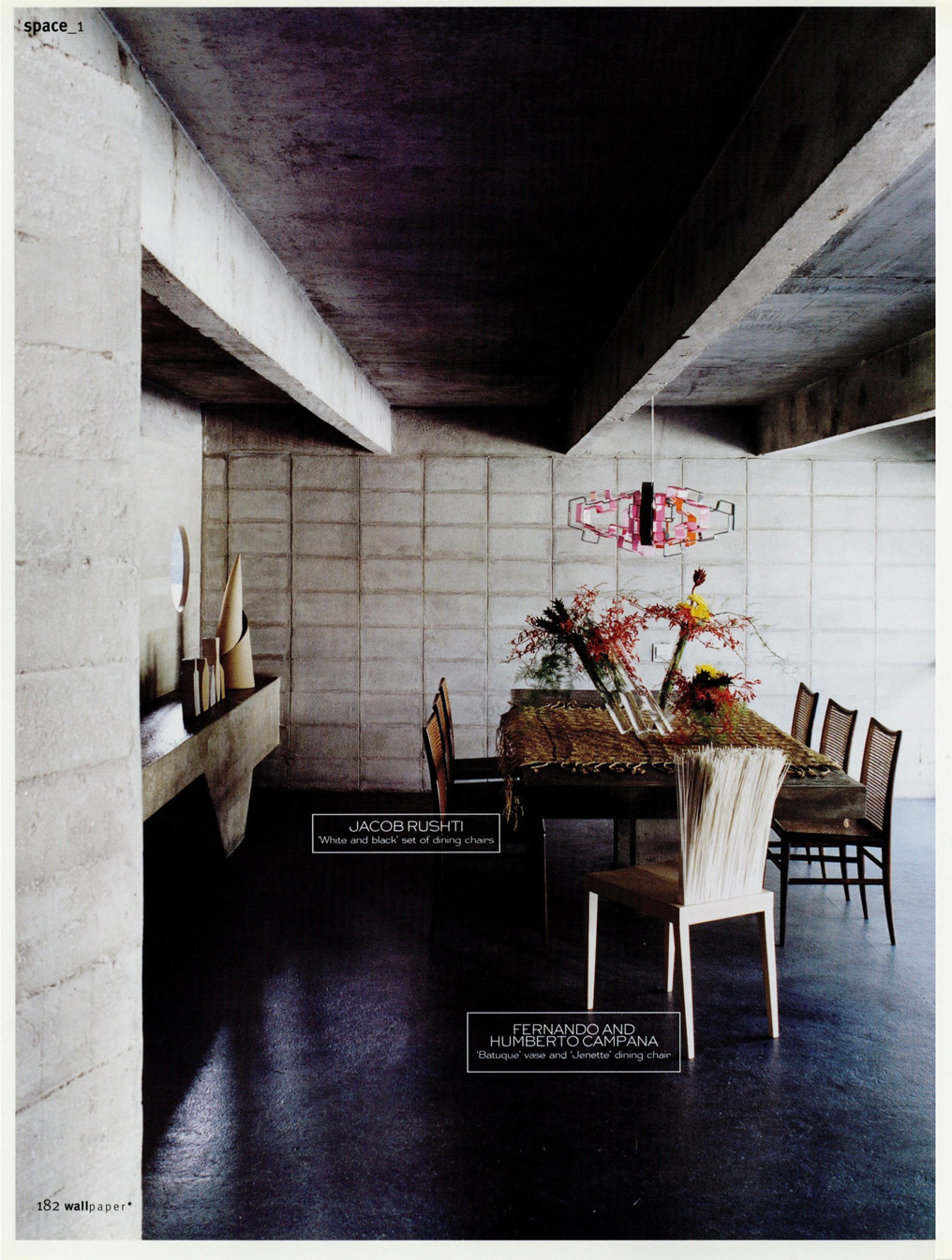
Dining table, custom-made for the house, by Ruy Ohtake. (On table) tablecloth, from Tomie Ohtake private collection. ’Batuque’ vase, by Fernando and Humerto Campana, from Cappellini. Flowers, by Vie Meirelles. ’White & Black’ set of six wooden dining chairs, by jacob Ruchti, from lsay Weinfeld private collection. ’Jenette’ dining chair, by Fernando and Humberto Campana, from Estudio Campana. Acrylic chandelier, by Jorge Pardo, from lsabella Prata and ldel Arcuschin private collection. Shelving, custom-made, by Ruy Ohtake. (On shelf) ceramic sculpture, by Kimmi Nil, from Tomie Ohtake private collection. Ceramic vases, by Kimmi Nil, from Tomie Ohtake private collection.
Although Brazilian born, Ohtake's Japanese ancestry adds a powerful simplicity to his work. Colour and texture are always present, a lesson he might have learnt from his mother, Tomie, a well-known abstract painter. The house is filled with her paintings and sculpture and much of the home's built-in furniture is a combined effort between architect and artist. One of Ohtake's signatures is the use of built-in furniture as spatial intervention. In the Tomie Ohtake Residence, many pieces work this way – such as the fluid concrete bench visually supporting the cantilevered concrete fireplace above it. Another element which is seen regularly in his projects is the use of very thin concrete partitions to divide the living spaces.
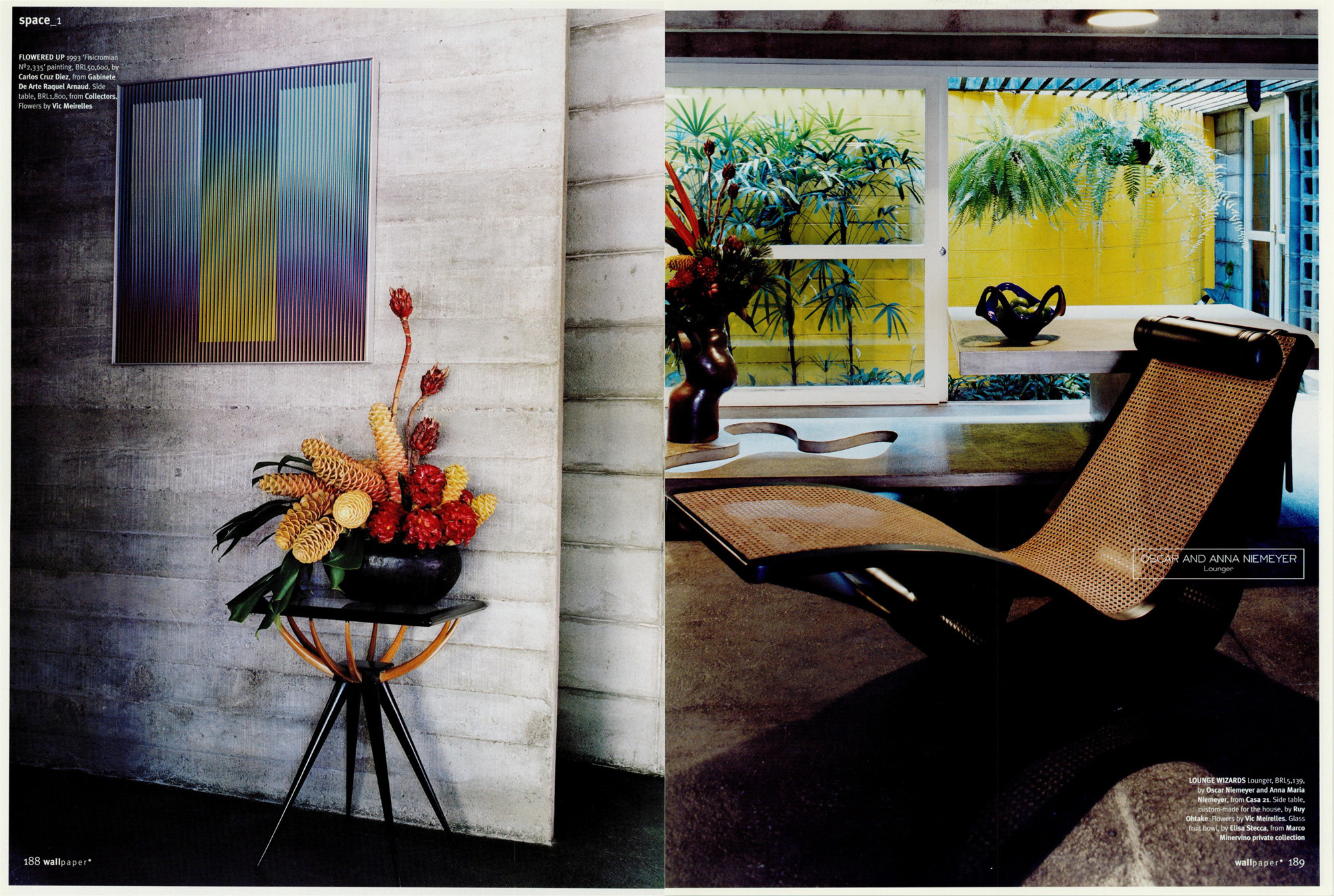
Ohtake sees furniture design as a complementary activity to his architecture. While it may take five years to complete a house, furniture pieces are usually designed and prototyped in 60 days. These are generally one-off pieces for the residential projects Ohtake works on and do not address mass production; a very architectural way of looking at furniture design. Ohtake is a believer in a unique Brazilian cultural identity although he has seen many changes since the 1960s.
Receive our daily digest of inspiration, escapism and design stories from around the world direct to your inbox.
'It is not about preservation, it is about evolution! Preservation is about stagnation,' he says. Ohtake's work has changed as a response to new materials and technology but his language has remained the same. We stand by his residential projects of the 1960s, which provide the perfect backdrop for a lesson in Brazilian design.

Ellie Stathaki is the Architecture & Environment Director at Wallpaper*. She trained as an architect at the Aristotle University of Thessaloniki in Greece and studied architectural history at the Bartlett in London. Now an established journalist, she has been a member of the Wallpaper* team since 2006, visiting buildings across the globe and interviewing leading architects such as Tadao Ando and Rem Koolhaas. Ellie has also taken part in judging panels, moderated events, curated shows and contributed in books, such as The Contemporary House (Thames & Hudson, 2018), Glenn Sestig Architecture Diary (2020) and House London (2022).
-
 ‘I want to bring anxiety to the surface': Shannon Cartier Lucy on her unsettling works
‘I want to bring anxiety to the surface': Shannon Cartier Lucy on her unsettling worksIn an exhibition at Soft Opening, London, Shannon Cartier Lucy revisits childhood memories
-
 What one writer learnt in 2025 through exploring the ‘intimate, familiar’ wardrobes of ten friends
What one writer learnt in 2025 through exploring the ‘intimate, familiar’ wardrobes of ten friendsInspired by artist Sophie Calle, Colleen Kelsey’s ‘Wearing It Out’ sees the writer ask ten friends to tell the stories behind their most precious garments – from a wedding dress ordered on a whim to a pair of Prada Mary Janes
-
 Year in review: 2025’s top ten cars chosen by transport editor Jonathan Bell
Year in review: 2025’s top ten cars chosen by transport editor Jonathan BellWhat were our chosen conveyances in 2025? These ten cars impressed, either through their look and feel, style, sophistication or all-round practicality
-
 The Architecture Edit: Wallpaper’s houses of the month
The Architecture Edit: Wallpaper’s houses of the monthFrom wineries-turned-music studios to fire-resistant holiday homes, these are the properties that have most impressed the Wallpaper* editors this month
-
 A spectacular new Brazilian house in Triângulo Mineiro revels in the luxury of space
A spectacular new Brazilian house in Triângulo Mineiro revels in the luxury of spaceCasa Muxarabi takes its name from the lattice walls that create ever-changing patterns of light across its generously scaled interiors
-
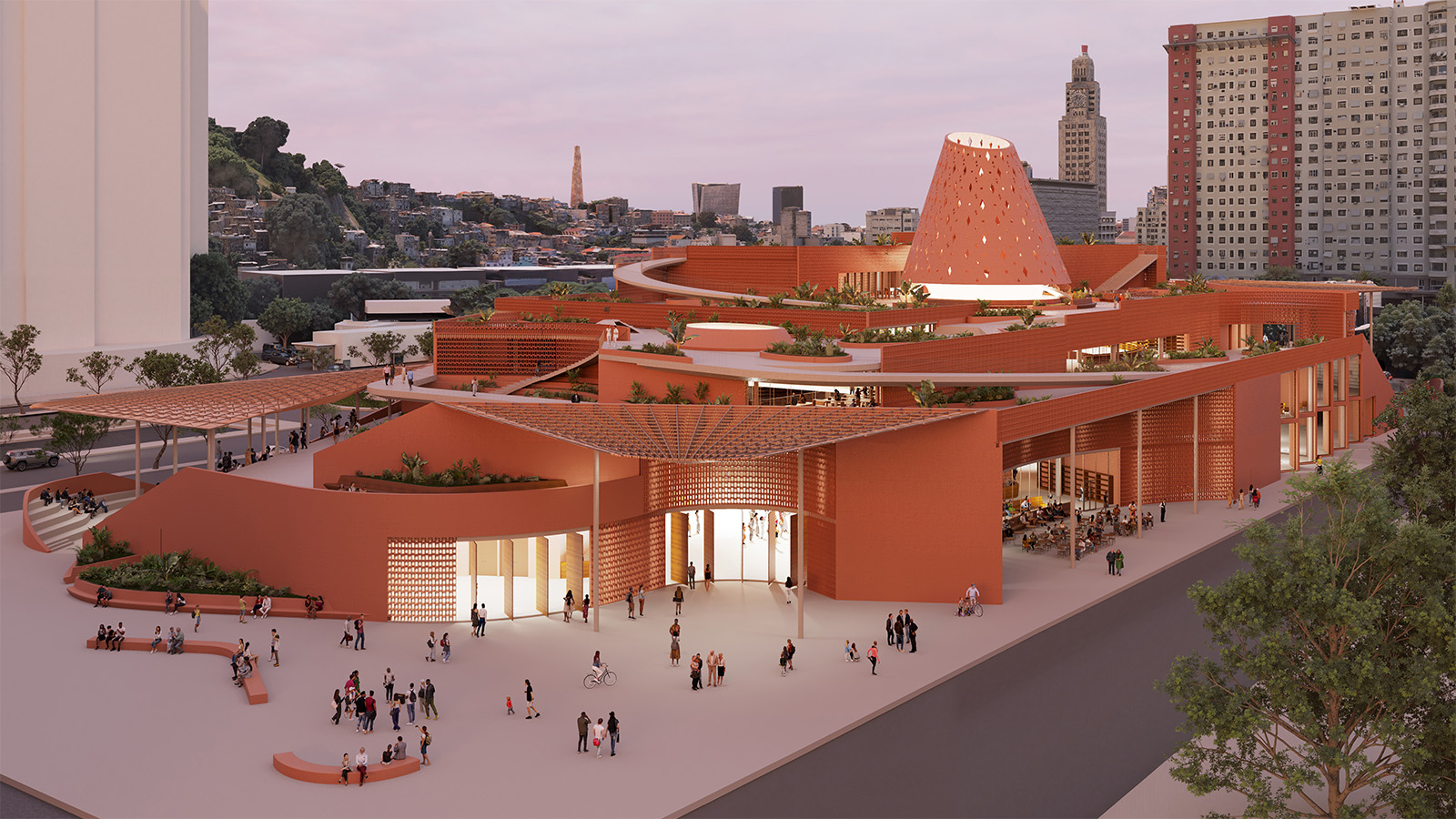 An exclusive look at Francis Kéré’s new library in Rio de Janeiro, the architect’s first project in South America
An exclusive look at Francis Kéré’s new library in Rio de Janeiro, the architect’s first project in South AmericaBiblioteca dos Saberes (The House of Wisdom) by Kéré Architecture is inspired by the 'tree of knowledge', and acts as a meeting point for different communities
-
 A Brasília apartment harnesses the power of optical illusion
A Brasília apartment harnesses the power of optical illusionCoDa Arquitetura’s Moiré apartment in the Brazilian capital uses smart materials to create visual contrast and an artful welcome
-
 This modernist home, designed by a disciple of Le Corbusier, is on the market
This modernist home, designed by a disciple of Le Corbusier, is on the marketAndré Wogenscky was a long-time collaborator and chief assistant of Le Corbusier; he built this home, a case study for post-war modernism, in 1957
-
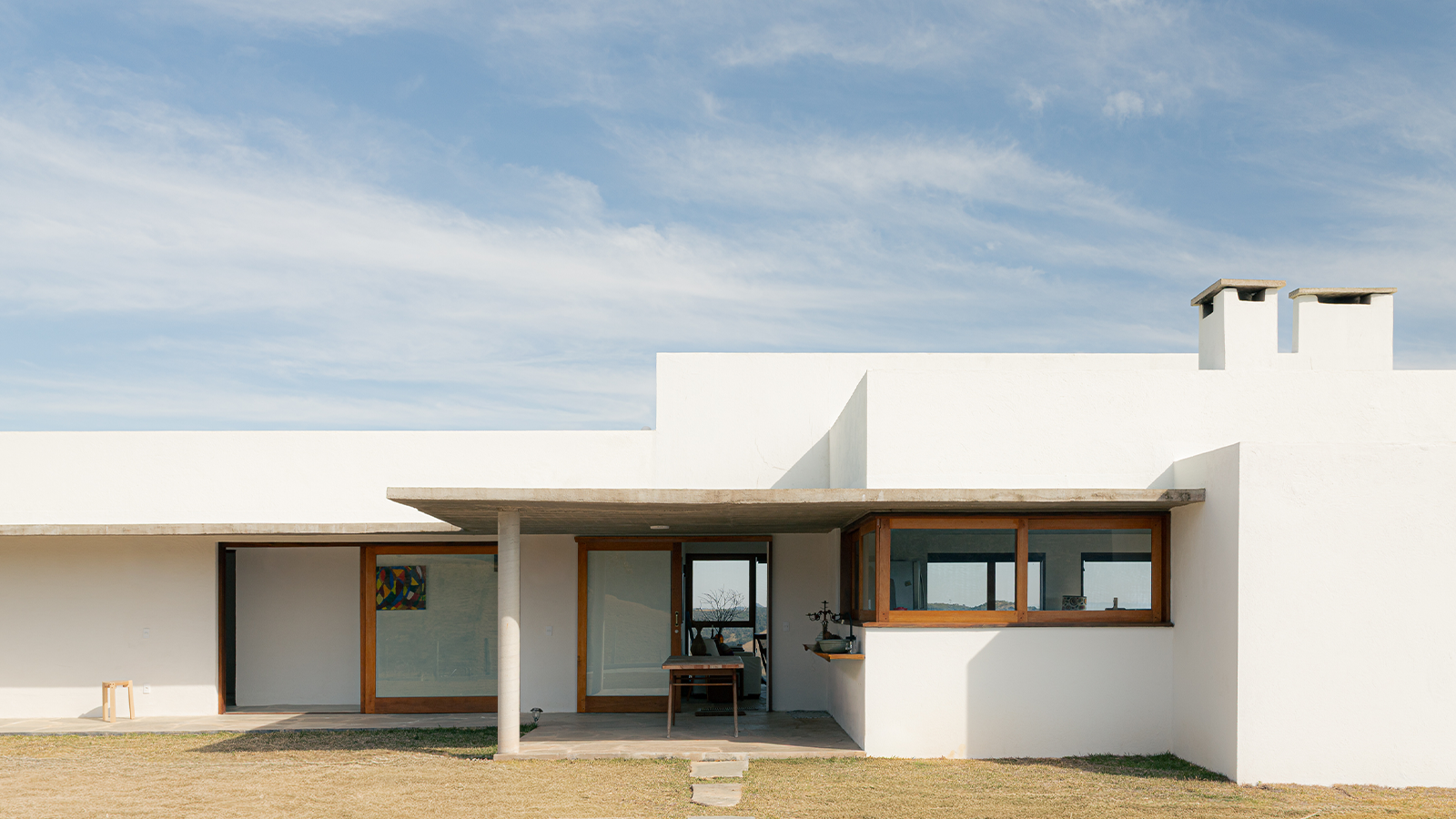 Inspired by farmhouses, a Cunha residence unites cosy charm with contemporary Brazilian living
Inspired by farmhouses, a Cunha residence unites cosy charm with contemporary Brazilian livingWhen designing this home in Cunha, upstate São Paulo, architect Roberto Brotero wanted the structure to become 'part of the mountains, without disappearing into them'
-
 Louis Kahn, the modernist architect and the man behind the myth
Louis Kahn, the modernist architect and the man behind the mythWe chart the life and work of Louis Kahn, one of the 20th century’s most prominent modernists and a revered professional; yet his personal life meant he was also an architectural enigma
-
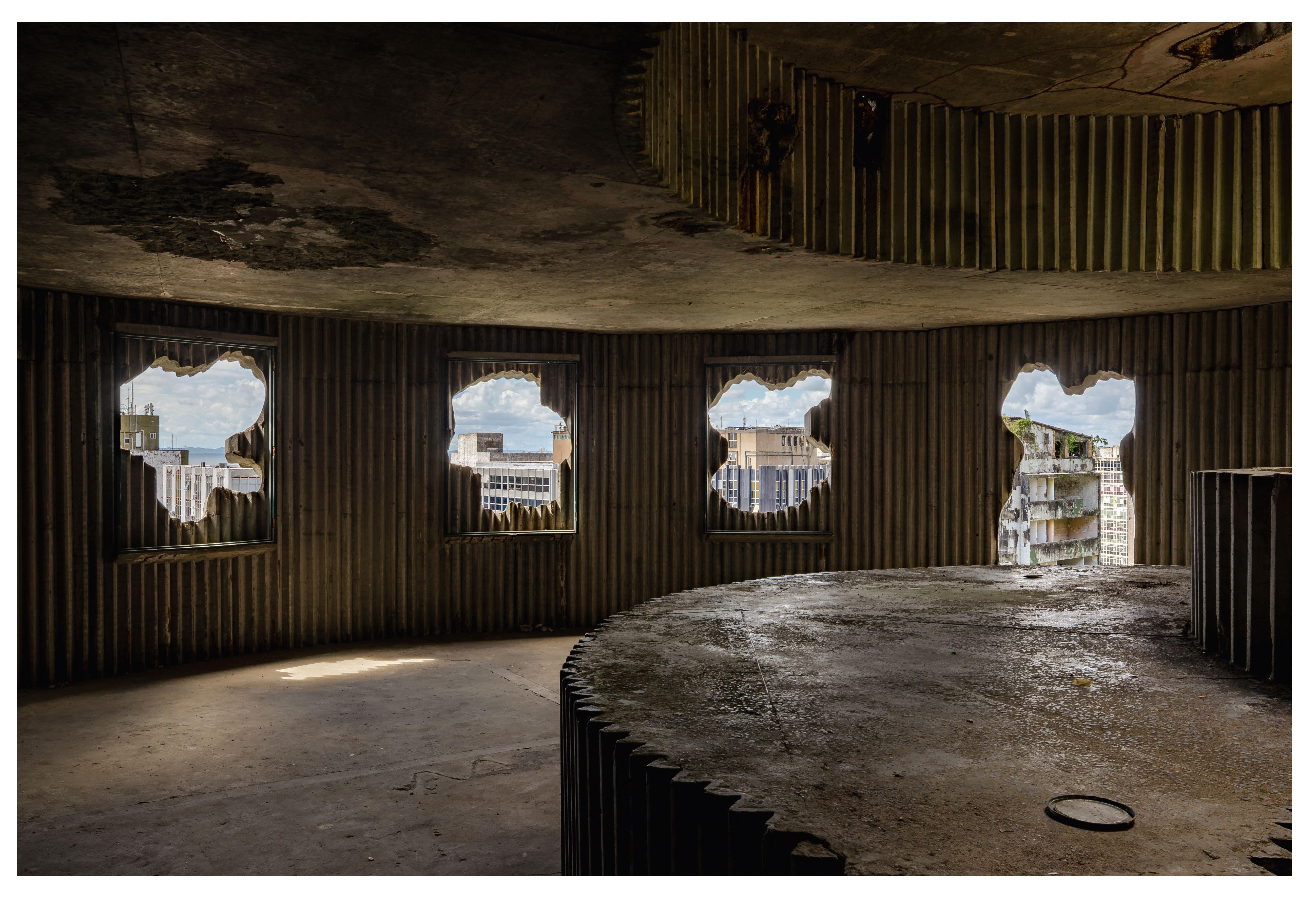 Arts institution Pivô breathes new life into neglected Lina Bo Bardi building in Bahia
Arts institution Pivô breathes new life into neglected Lina Bo Bardi building in BahiaNon-profit cultural institution Pivô is reactivating a Lina Bo Bardi landmark in Salvador da Bahia in a bid to foster artistic dialogue and community engagement